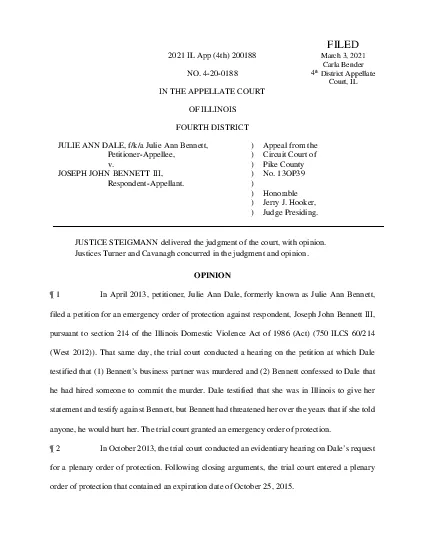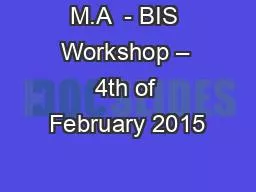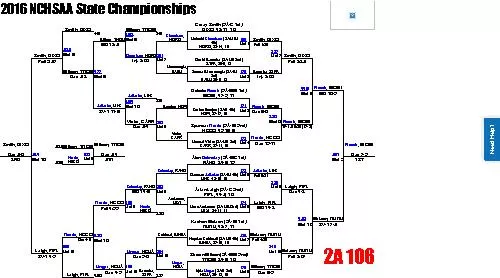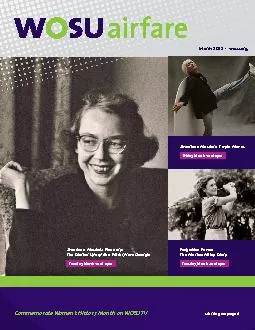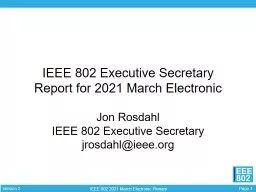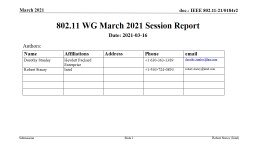PDF-2021 IL App 4th 200188 March 3 2021
Author : bethany | Published Date : 2021-08-06
FILED JULIE ANN DALEfka Julie ABennettAppeal from theetitionerAppellee Circuit Court of Pike County JOSEPH JOHN BENNETT III 13OP39 In September 2015 Dale pro filed
Presentation Embed Code
Download Presentation
Download Presentation The PPT/PDF document "2021 IL App 4th 200188 March 3 2021" is the property of its rightful owner. Permission is granted to download and print the materials on this website for personal, non-commercial use only, and to display it on your personal computer provided you do not modify the materials and that you retain all copyright notices contained in the materials. By downloading content from our website, you accept the terms of this agreement.
2021 IL App 4th 200188 March 3 2021: Transcript
Download Rules Of Document
"2021 IL App 4th 200188 March 3 2021"The content belongs to its owner. You may download and print it for personal use, without modification, and keep all copyright notices. By downloading, you agree to these terms.
Related Documents

